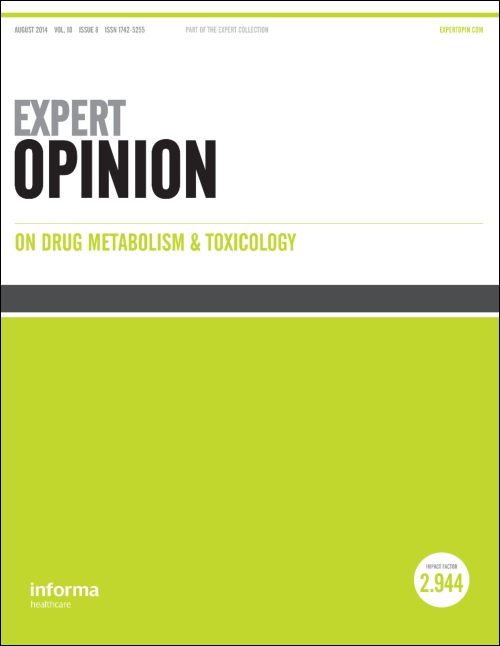Abstract
Introduction: Inositol and its derivatives comprise a huge field of biology. Myo-inositol is not only a prominent component of membrane-incorporated phosphatidylinositol, but participates in its free form, with its isomers or its phosphate derivatives, to a multitude of cellular processes, including ion channel permeability, metabolic homeostasis, mRNA export and translation, cytoskeleton remodeling, stress response.
Areas covered: Bioavailability, safety, uptake and metabolism of inositol is discussed emphasizing the complexity of interconnected pathways leading to phosphoinositides, inositol phosphates and more complex molecules, like glycosyl-phosphatidylinositols.
Expert opinion: Besides being a structural element, myo-inositol exerts unexpected functions, mostly unknown. However, several reports indicate that inositol plays a key role during phenotypic transitions and developmental phases. Furthermore, dysfunctions in the regulation of inositol metabolism have been implicated in several chronic diseases. Clinical trials using inositol in pharmacological doses provide amazing results in the management of gynecological diseases, respiratory stress syndrome, Alzheimer’s disease, metabolic syndrome, and cancer, for which conventional treatments are disappointing. However, despite the widespread studies carried out to identify inositol-based effects, no comprehensive understanding of inositol-based mechanisms has been achieved. An integrated metabolomics-genomic study to identify the cellular fate of therapeutically administered myo-inositol and its genomic/enzymatic targets is urgently warranted.

